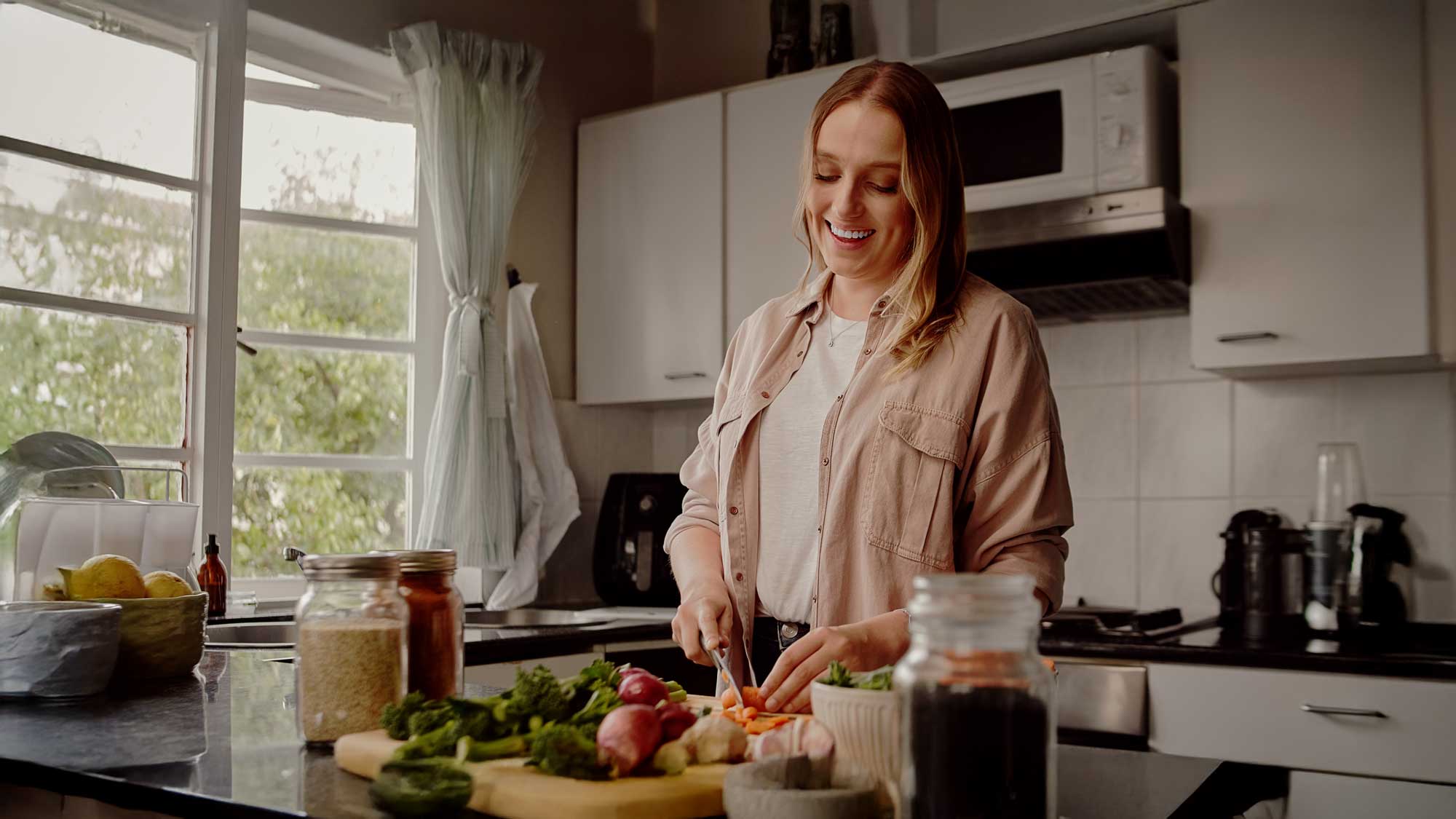Attachment theory is a framework based on the research of psychologist John Bowlby. It describes four different approaches adults may take toward relationships: avoidant, disorganized, anxious-ambivalent, or secure.
People with secure attachment styles can trust, support, and communicate with their partners without becoming dependent on the relationship for their own happiness, sense of security, or positive self-image.
According to Bowlby’s research, your natural attachment style is largely based on the relationship you had with your parents growing up. However, if you find your attachment style is negatively affecting your relationships, there are measures you can take now as an adult to help you improve. Here are just a few of those measures.
Define your needs and boundaries
Oftentimes, people don’t take time to reflect on what they need and won’t tolerate in their relationships. When unprocessed and unspoken boundaries are violated, they’re left to manage the outcome in a reactive way. Instead, it can help to be proactive about the things you expect in a relationship. Define these expectations to yourself and communicate them clearly to your partner as early and often as possible.
Some examples of healthy boundaries include:
- The amount of private time and personal space you need
- The level of intimacy, affection, and physical touch you’re comfortable giving and receiving
- The degree of financial responsibility you’re willing to accept for relationship-oriented endeavors (dates, trips, gifts, etc.)
Don’t hide your insecurities
We all have unique insecurities, anxieties, and areas of self-doubt. These can cause us to react to certain situations and stimuli in ways our partners may not expect or be familiar with. Rather than leaving your partner to discover your personal triggers by trial and error, try to communicate your concerns upfront and honestly. If your partner is supportive, they’ll appreciate your transparency and understand your limitations.
Appreciate your qualities
It’s difficult to thrive in a relationship when you don’t value yourself. Just as many individuals never take the time to define their personal boundaries, some people never pause to process all the qualities and contributions they bring to a relationship.
Try to become more aware of your strongest attributes in your day-to-day life. Make a list of things you like about yourself. Compliment yourself in the mirror every morning. Remind yourself of the kind things you’ve done for other people in the past. When you know what you’re worth as a partner and a person, you’ll be more likely to approach relationships with a secure attachment style.
If you find it difficult to see the good in yourself, you may benefit from one or more of the therapeutic services offered at Valley Oaks Health.







